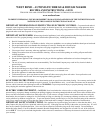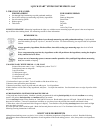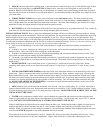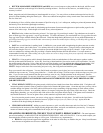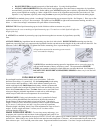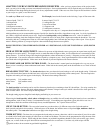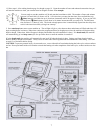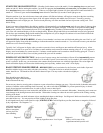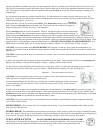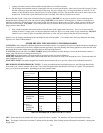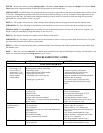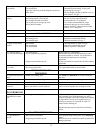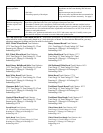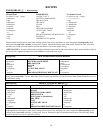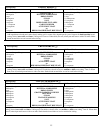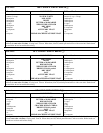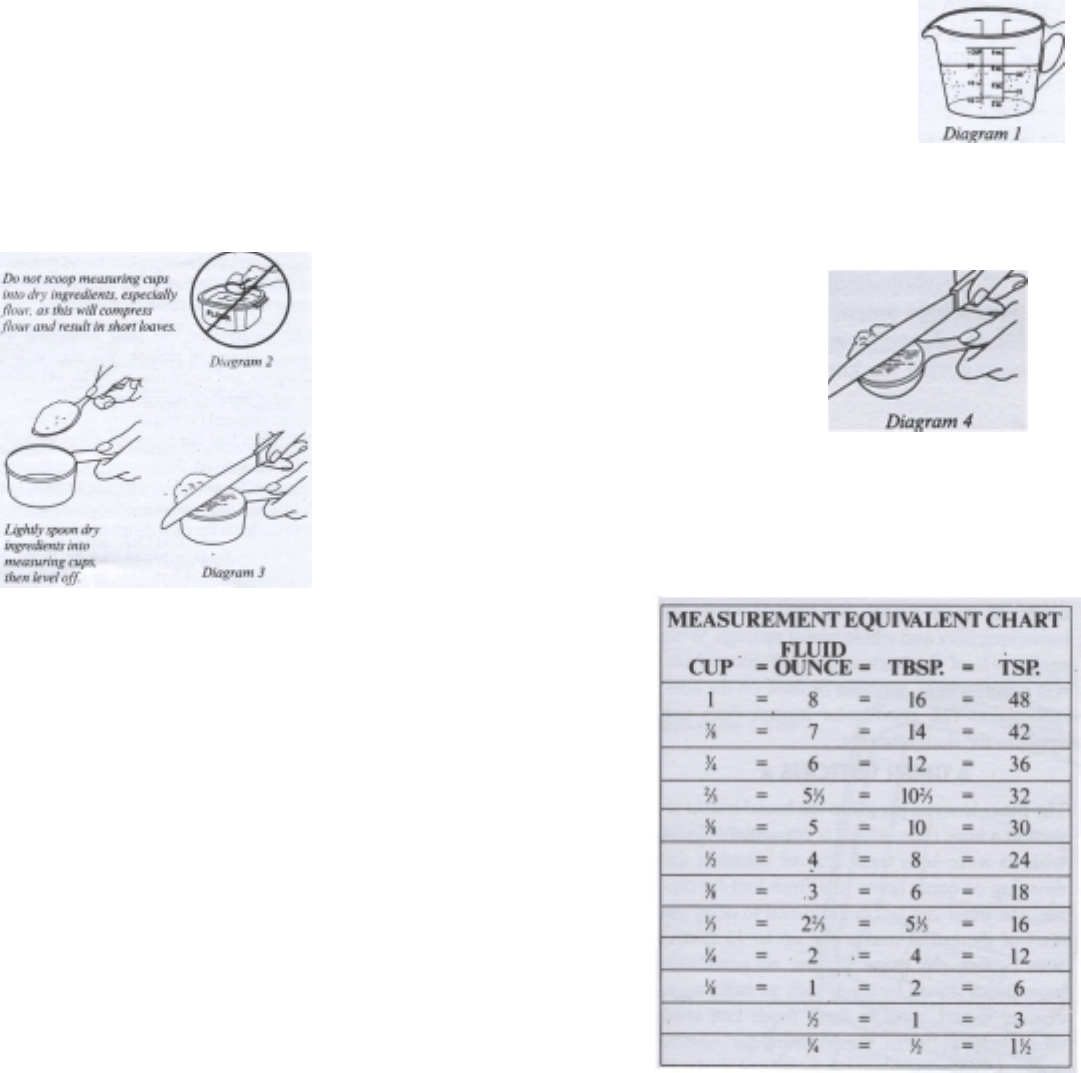
5
• DO NOT EXCEED the ingredient capacity of the bread maker. Use only fresh ingredients.
• ALWAYS ADD INGREDIENTS in the order listed: liquid ingredients first, then butter or margarine, dry ingredients
next and finally yeast in the very center. Before adding yeast, ALWAYS tap the pan to settle dry ingredients into corners of
pan to prevent liquid from seeping up. Make a slight well in center of dry ingredients and place the yeast in the well. This
sequence is very important, especially when using the timer to prevent yeast from getting wet before bread making begins.
1. ALWAYS use standard glass or plastic “see-through” liquid measuring cups to measure liquids. See Diagram 1. Place cup on flat
surface and measure at “eye level”, not at an angle. The liquid level line MUST be right to the measurement marking, not above or
below. A “looks close enough” measurement can spell disaster in bread making.
SPECIAL TIP: Place liquid measuring cup on inside of kitchen cabinet to measure at eye level.
Liquid level must be exact to markings on liquid measuring cups. Too much or too little liquid will affect the
height of the loaf.
2. ALWAYS use standard dry measuring cups (cups that nest together) to measure dry ingredients, especially
flour.
ALWAYS SPOON dry ingredients into the measuring cup, then level with a knife. DO NOT SCOOP measuring cups into dry
ingredients, especially flour, as it compresses the ingredients into the cup and causes the dough to be dry and result in a short loaf. See
Diagrams 2 and 3. SPECIAL TIP: To lighten flour before measuring, move a spoon through it several times.
All ingredients measured in measuring spoons must be
level, not rounded or heaping.
3. ALWAYS use standard measuring spoons for ingredients such as yeast, salt, sugar, dry
milk and small amounts of honey, molasses or water. The measurements MUST BE
LEVEL, not rounded or heaping as a little difference can affect the bread. See Diagram 4.
DO NOT USE TABLEWARE AS MEASURING SPOONS as these vary in size and will
not be accurate.
USING BREAD MIXES
Pre-packaged bread mixes can be used in your bread maker. Follow the
directions for making a 1½ pound loaf. Use the basic/specialty bread setting
for most mixes unless preparing a 100% whole wheat or natural grain mix,
which would require the whole wheat bread setting. Add the recommended
amount of liquid to the bread pan first, then flour mixture and finally the yeast.
Select desired crust color and start. The timer feature can be used with bread
mixes providing no perishable ingredients are used such as milk and eggs,
which can spoil when left at room temperature for several hours.
SPECIAL NOTE: If using a mix that makes a one (1) pound loaf of bread,
you may wish to add additional flour and water to increase the amount of
dough to better fill the pan and obtain a nicer loaf of bread. If bread mix
weighs 12 ounces or less, increase the amount of water or liquid recommended
by 1½ ounces (3 tablespoons) and add ½ cup flour to the dry ingredients.
When the dough is kneading, check if any minor adjustment in water or flour is
needed. If mixes weigh more than 12 ounces, use as is as there will be
sufficient dough to fill the pan.
MAKE YOUR OWN MIXES - To save time, money and energy, you
an prepare your own mixes and store them in the refrigerator until ready to use.
Simply measure all dry ingredients in the recipes EXCEPT YEAST into a plastic bag or sealable container. Label the type of bread
and loaf size. When ready to use, let the flour mixture stand at room temperature 15 minutes. Add recommended liquids, then the dry
flour mixture to pan. Level and add yeast to the center. Program and start the bread maker. Use timer if recipe recommends its use.



